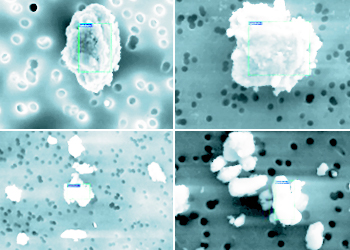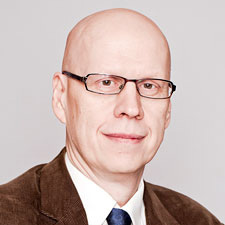Airborne particles
Airborne particles in the atmosphere are causing several environmental problems. With advanced simulation models for the generation of airborne particles it is possible to simulate the necessary changes to reach acceptable emission levels for rail traffic.

Background
Material loss from the wheel, rail, brakes and pantograph generate airborne loose debris. The main concerns about airborne wear particles are environmental. They include health effects, visibility problems and soiling of surfaces.
Such concerns have led many countries to set limits for PM10 (particles with an aerodynamic diameter smaller than 10 µm). One example is the EU directive 96/62/EC on ambient air quality assessment and management, with its daughter directive 99/30/EC. Increased attention to the effects of airborne particles in the atmosphere on human health has also led to movements towards setting limits for PM2.5.
Purpose
The purpose of this project is to develop simulations models for the generation of airborne particles from train-track interaction and braking with the aim to include them in simulation software packages for train-track interaction. When such a tool has been developed and calibrated one can use it to systematically simulate the necessary changes to reach acceptable emission levels for rail traffic.
Publications
U. Olofsson, L. Olander and A. Jansson, “Towards a model for the number of airborne particles generated from a sliding contact “Nordtrib 08, Tammefors Finland June 11-13 2008

